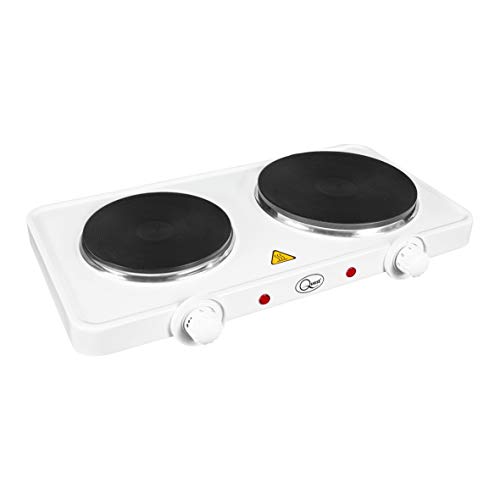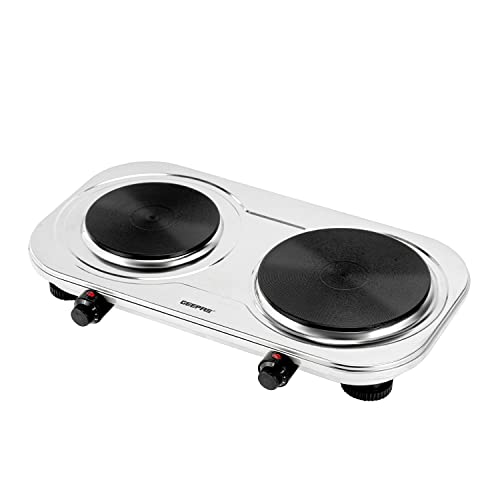The Importance of Properly Storing Hot Plates
Hot plates are a staple in many laboratories and classrooms, serving as a reliable method for heating or maintaining a constant temperature of liquids and solids. However, improper storage can lead to damage or even safety hazards. Here are some tips on the best way to store a hot plate.
Tip 1: Clean and Cool Before Storage
Prior to storage, it is important to let the hot plate cool down and clean it thoroughly. This ensures any residue or chemicals are removed, preventing damage or contamination. Wiping it down with a damp cloth is sufficient, but if the hot plate is extra dirty, use a mild soap solution. Wait for it to dry before storing.
Tip 2: Store in a Dry Place
A hot plate, like any piece of electrical equipment, should be stored in a dry place. Humidity can cause damage to the electrical components or the surface of the hot plate itself. Keep it in a storage room or cabinet that is free of moisture and humidity.
Tip 3: Use Protective Covers
Protective covers are a great way to prevent scratches or damage to the hot plate’s surface during storage. Covers also protect against dust or debris that can accumulate over time. Look for covers that are a perfect fit and made of materials that won’t damage the surface.
Tip 4: Avoid Hanging Cords
Some hot plates come with cords that can be hung on hooks. While this may seem like a convenient storage solution, it can actually damage the hot plate. Over time, the weight of the cord can cause stress to the electrical components. Instead, coil the cord and neatly tuck it away.
Tip 5: Check the Manufacturer’s Guidelines
Every hot plate is different, so it’s important to check the manufacturer’s guidelines for any specific storage instructions. This is especially important for hot plates that require specialized cleaning, maintenance, or storage procedures. Be sure to follow the guidelines carefully to prevent any damage or safety issues.






